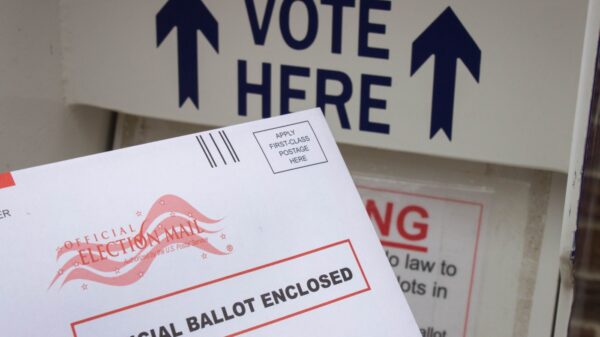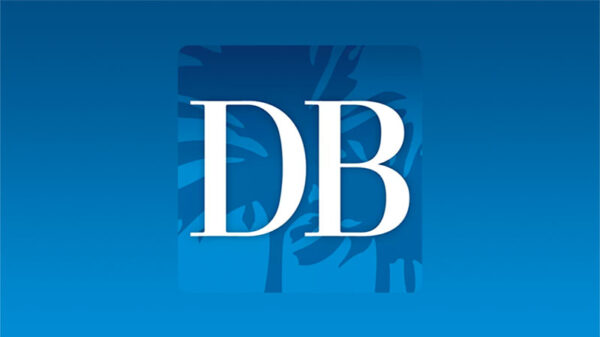Recent findings from the financial wellbeing platform nudge indicate that women are disproportionately affected by financial stress, highlighting a significant gender gap in financial wellbeing. The 2025 Global Financial Wellbeing Report, based on a survey of 11,500 employees across 17 countries, reveals that 25 per cent of women report poor financial health, compared to just 18 per cent of men.
The report underscores the emotional and physical toll that financial stress takes on women. Although 69 per cent of women rate their financial literacy as “good,” they often lack confidence in managing financial changes. This lack of confidence is reflected in their emotional responses; nearly twice as many women as men report feeling ashamed (12 per cent vs. 6 per cent), anxious (16 per cent vs. 9 per cent), or angry (12 per cent vs. 8 per cent) about their financial circumstances.
Debt is a significant contributor to this stress. The findings show that 55 per cent of women believe their debt negatively impacts their stress levels. This stress manifests in various physical symptoms, including sleep disruptions (31 per cent), fatigue (24 per cent), and migraines (21 per cent). Other common issues include depression, changes in weight, and social withdrawal.
Tim Perkins, co-founder and CEO of nudge, stated, “This data highlights the urgent need to close the gender gap in financial literacy. Women are disproportionately impacted by financial stress, which is not necessarily because of access to education, but because of lower confidence in navigating complex financial topics.” He emphasized the importance of ensuring that financial education is not only accessible but also tailored to individual circumstances and interests.
Confidence Gap in Financial Literacy
A notable confidence gap exists between men and women regarding financial management. In the United States, 25 per cent of women express a lack of confidence in managing potential changes in costs related to food, healthcare, housing, and social security. This figure contrasts with only 15 per cent of men who feel the same way.
The disparity in confidence may be linked to differences in how financial education is accessed and utilized. While social media serves as a primary source of financial knowledge for both genders (41 per cent of women and 43 per cent of men), men are more likely to engage with a wider array of resources. For instance, 36 per cent of men read financial education books, compared to 28 per cent of women. Similarly, men are more inclined to take online courses (33 per cent vs. 29 per cent) and read financial periodicals (32 per cent vs. 23 per cent).
Despite podcasts and employer-provided financial education being utilized at similar rates by both genders, a concerning 13 per cent of women report having no sources of financial education at all, compared to just 8 per cent of men.
Opportunities for Employers
While challenges persist, the report highlights opportunities for employers to make a meaningful impact. Perkins noted, “Financial literacy remains one of the most effective methods to reduce financial stress, especially during times of economic uncertainty.” He urged employers to deliver personalized and impartial financial education that empowers individuals to take control of their financial futures.
By enhancing financial literacy, companies can support their employees’ mental, physical, and social wellbeing, ultimately fostering a healthier and more resilient workforce. As financial stress continues to affect a significant portion of the population, addressing these disparities may prove crucial for both individual and organisational success.
































































